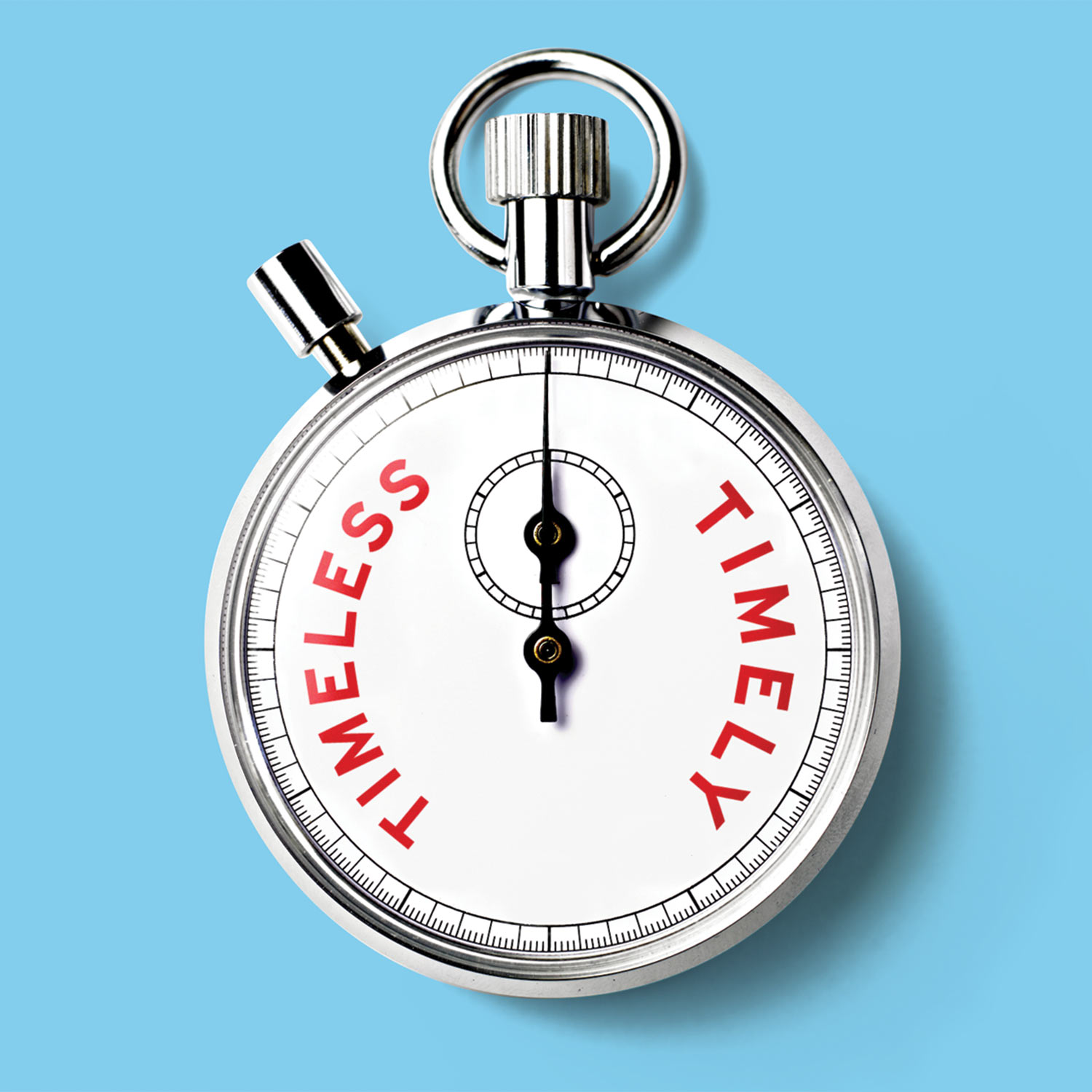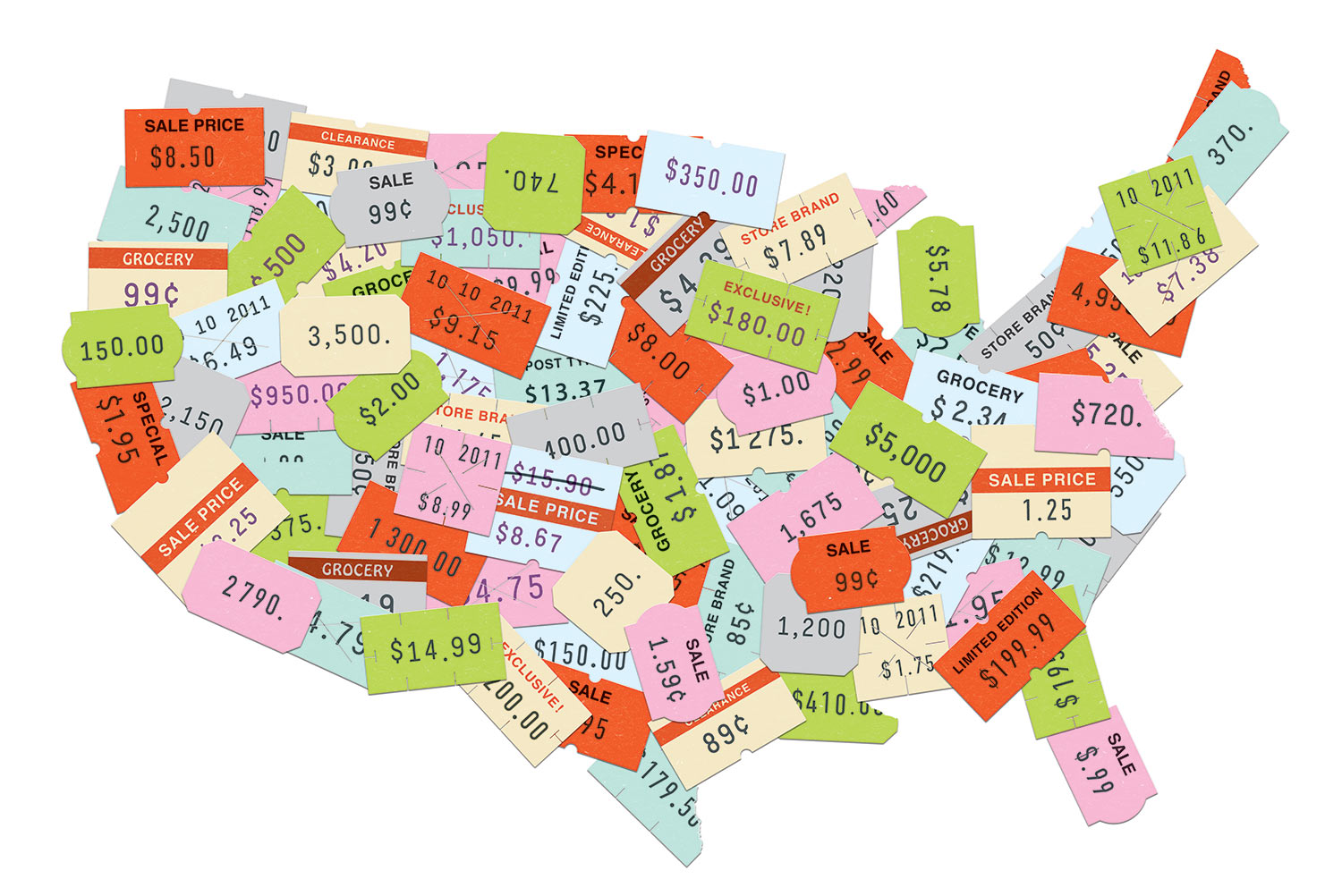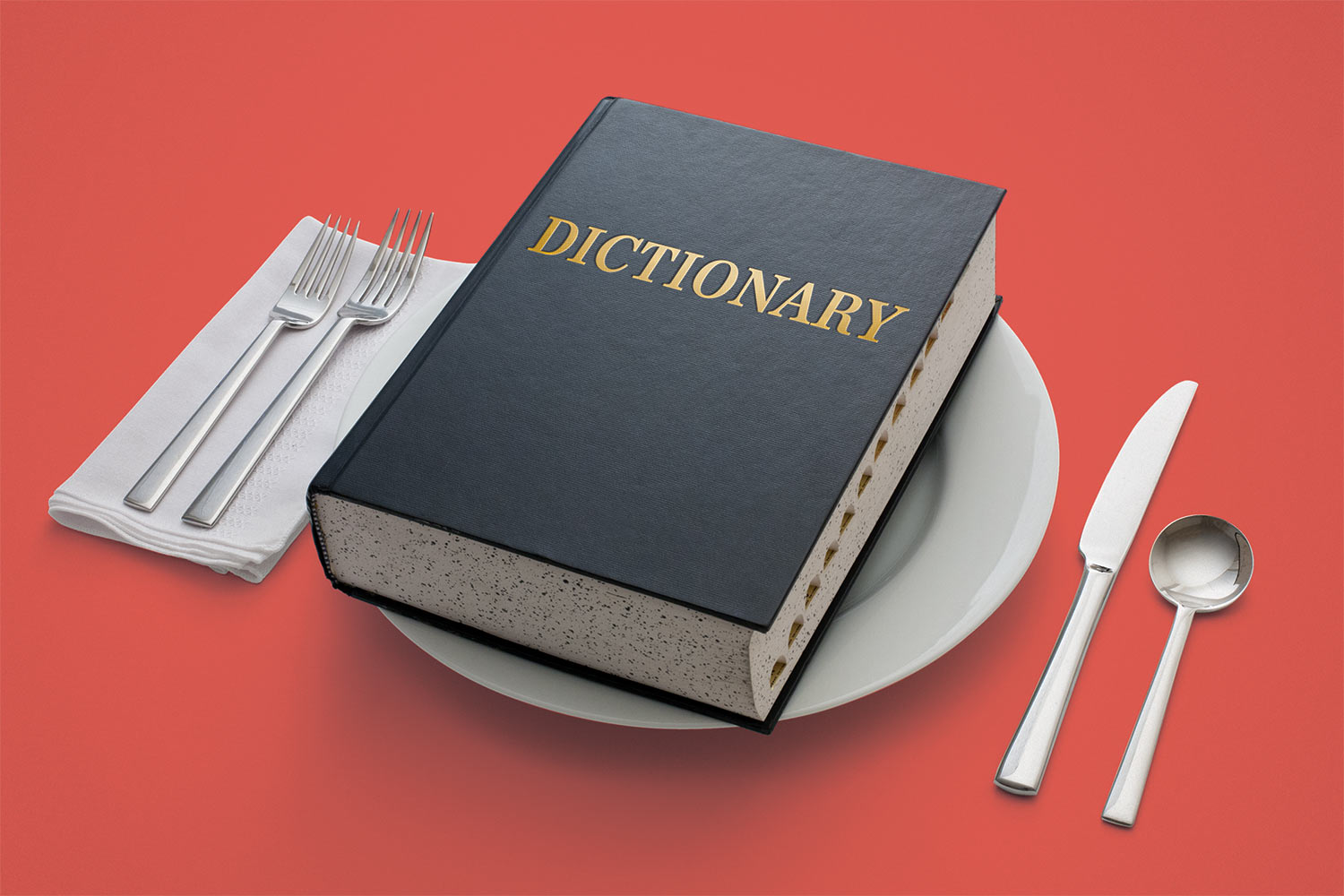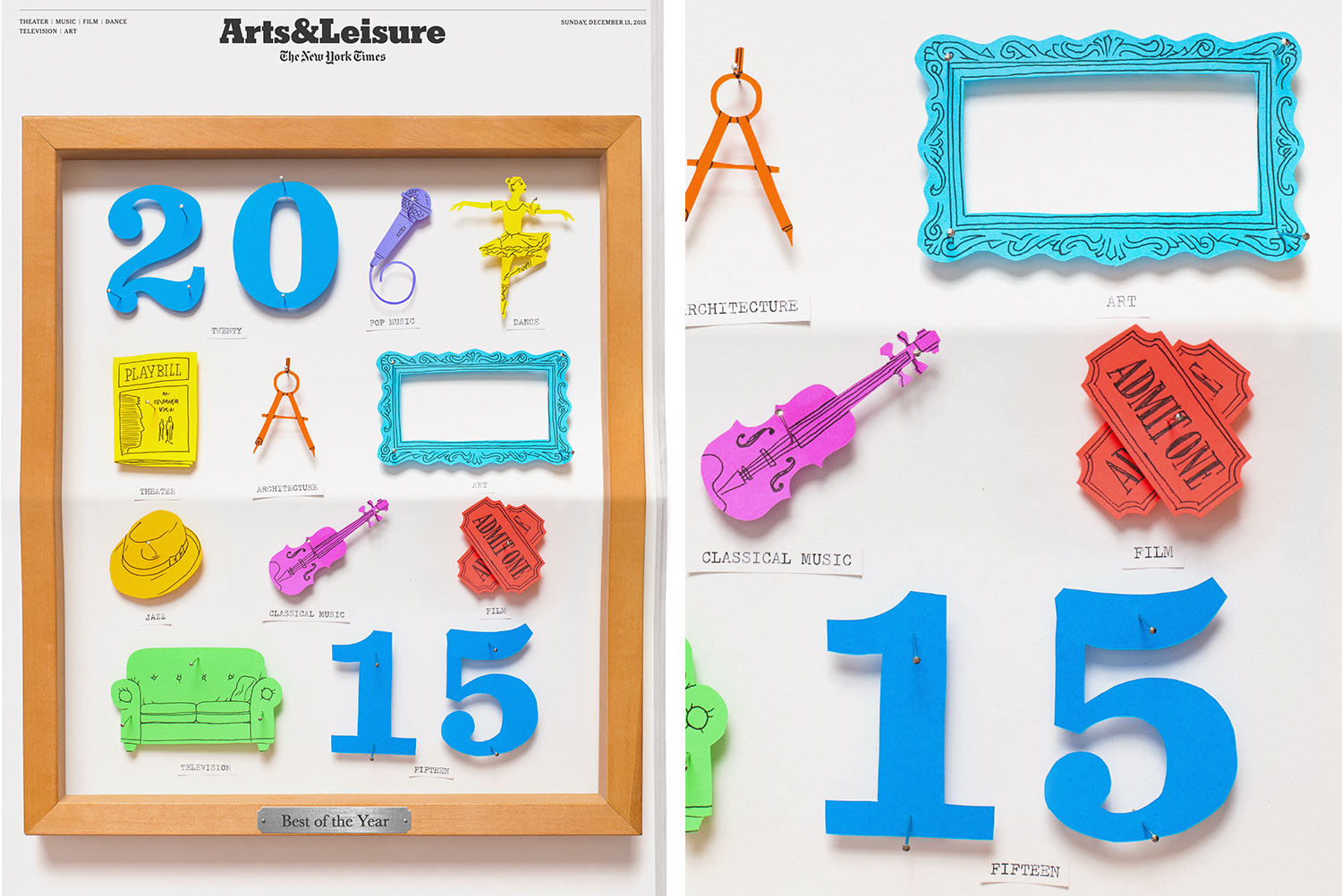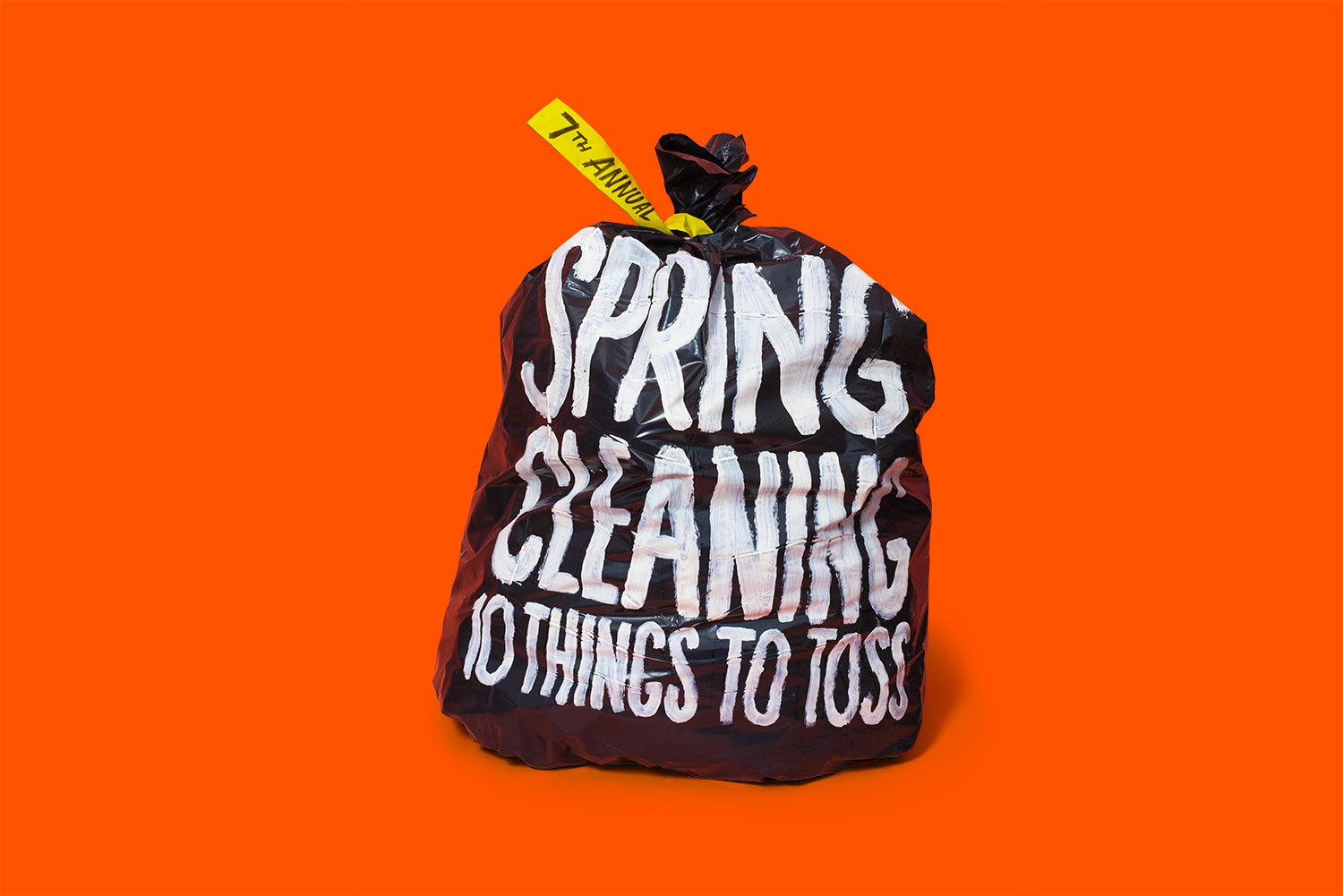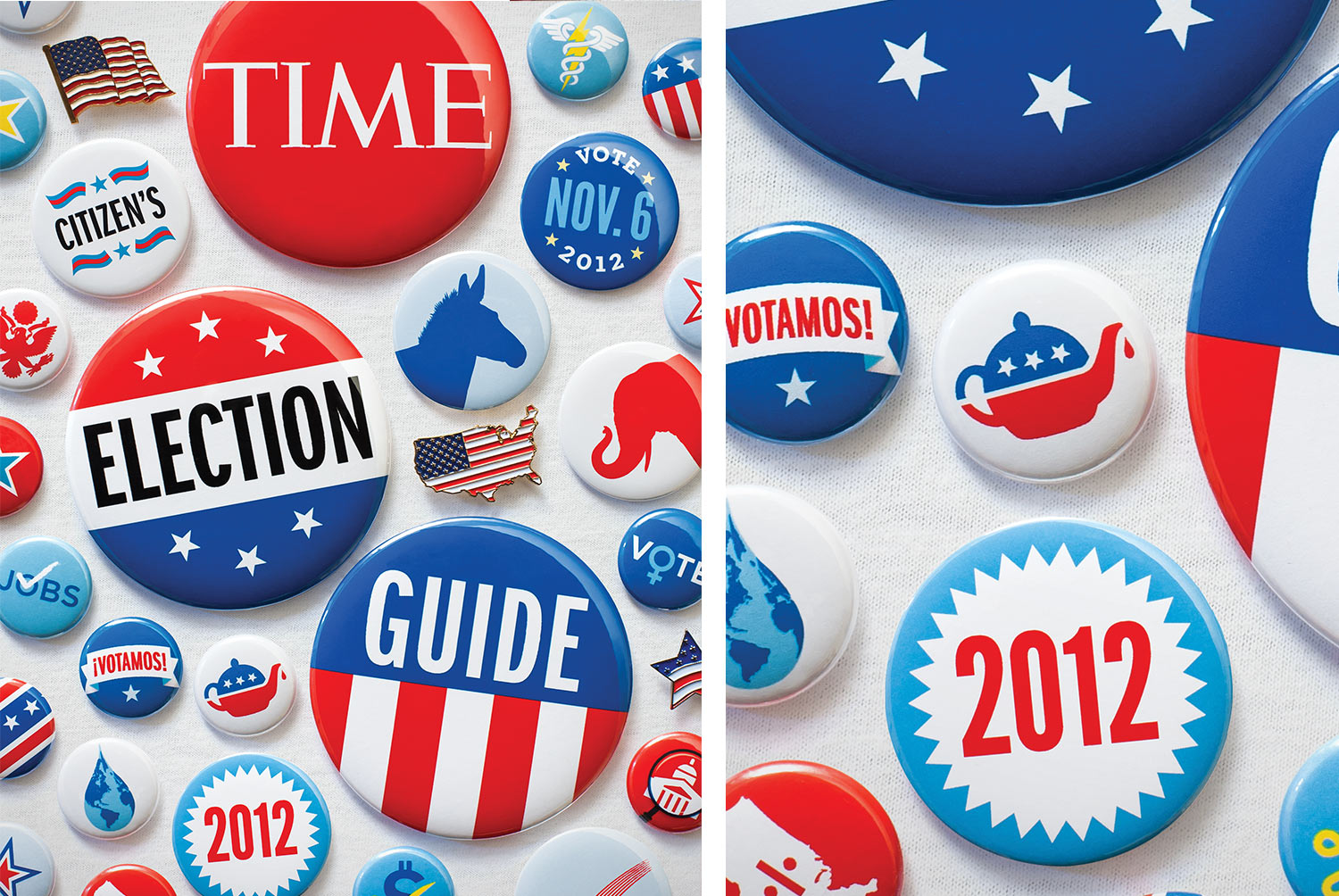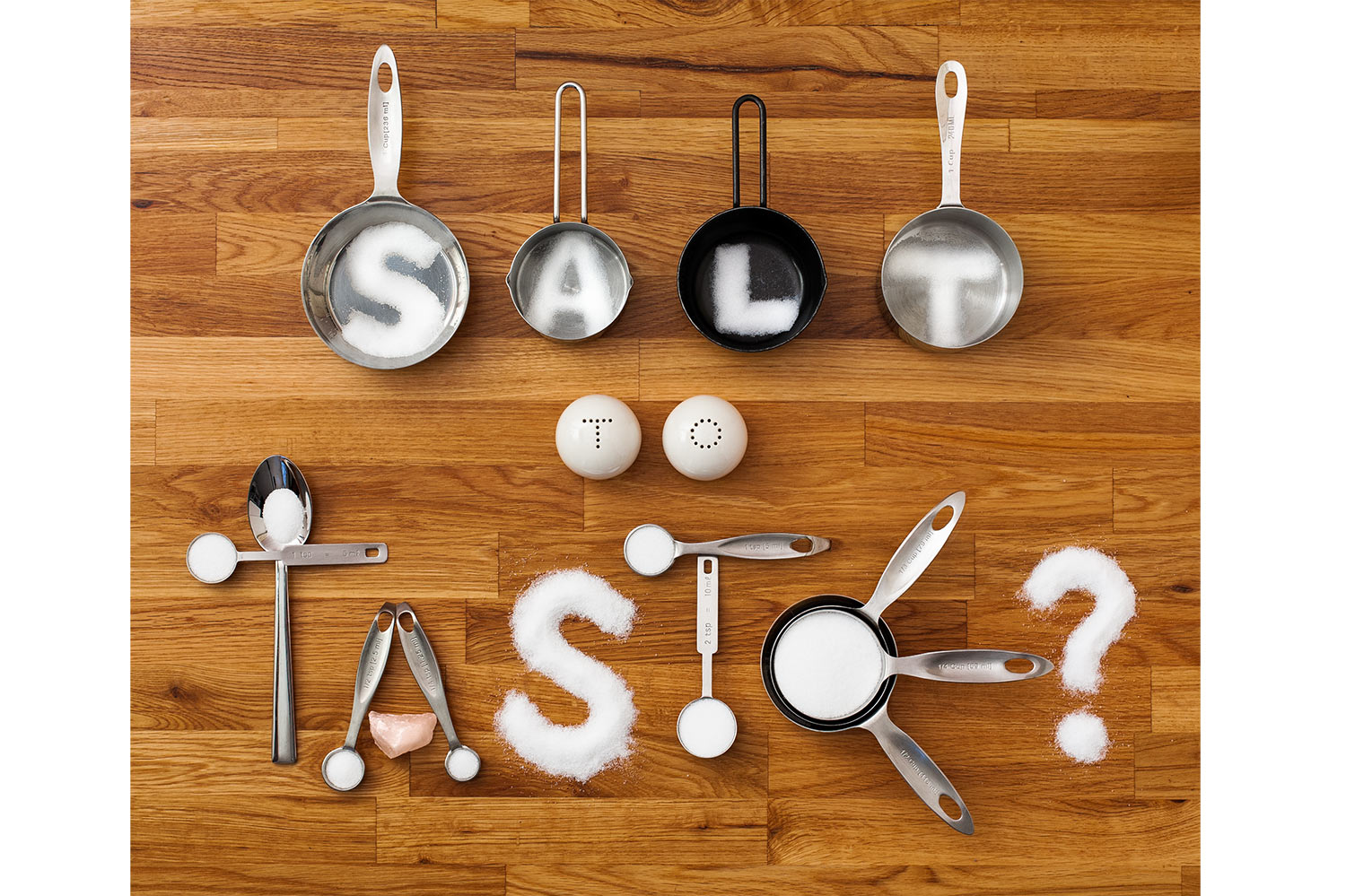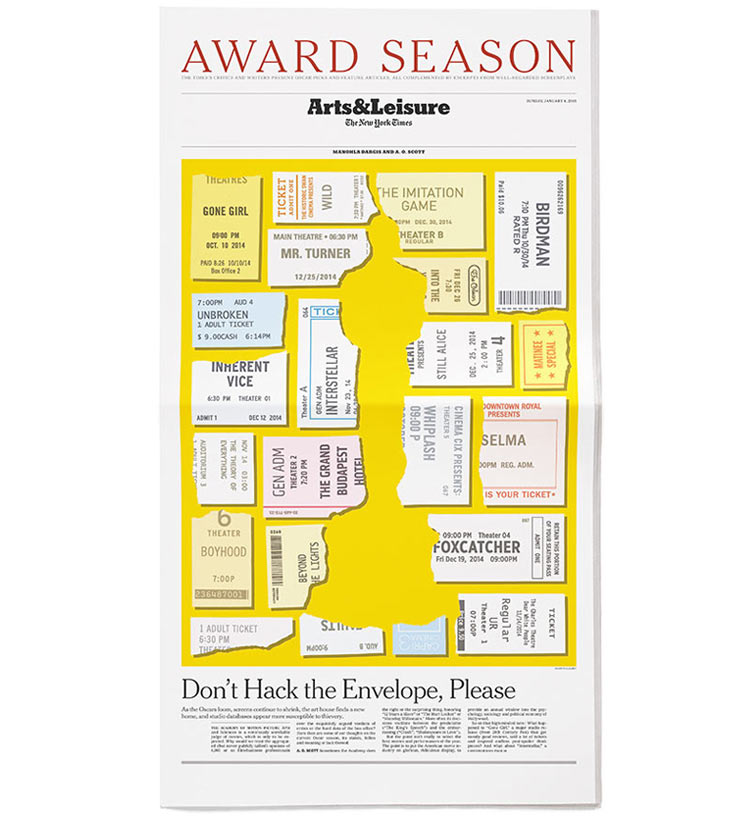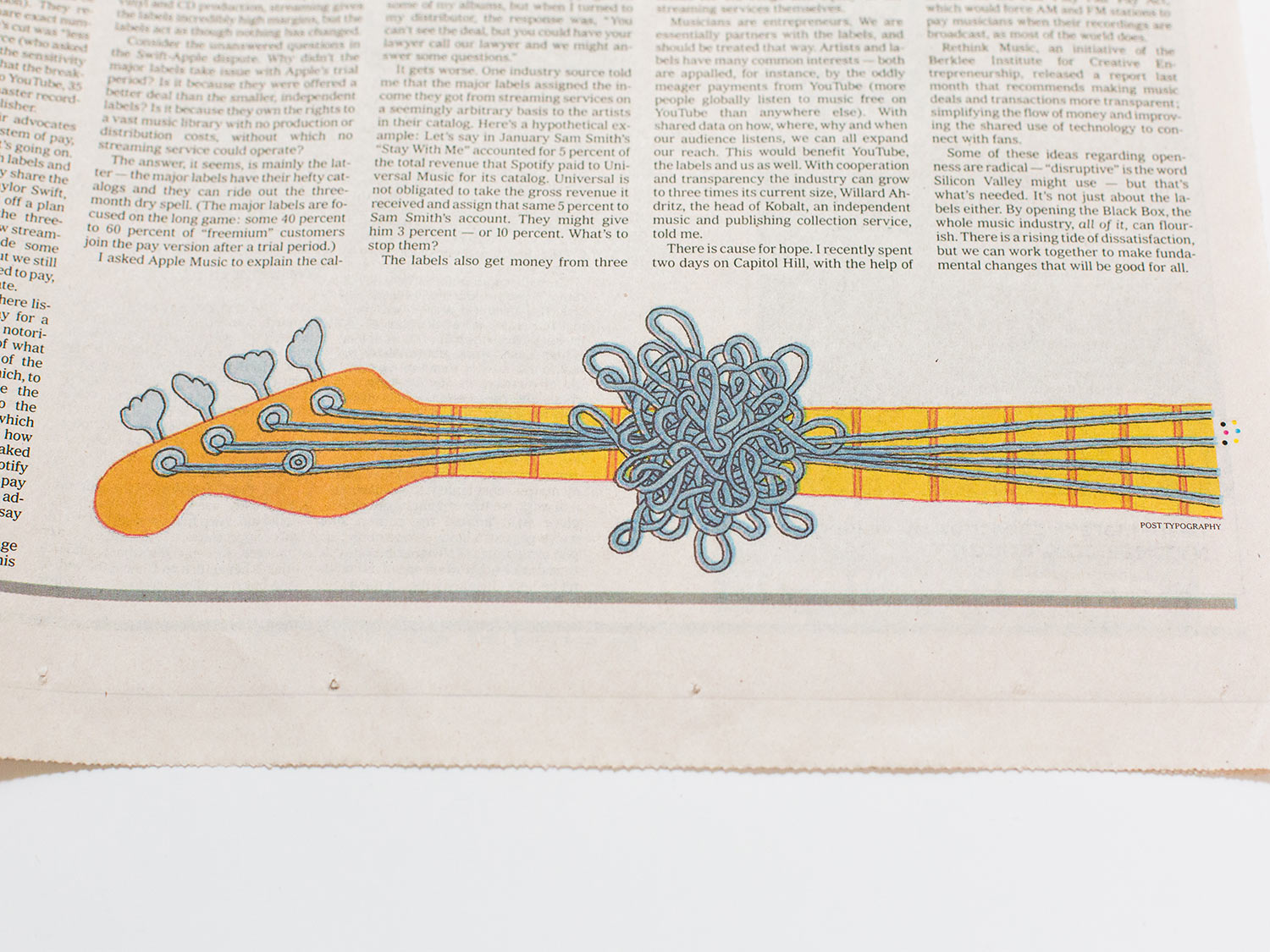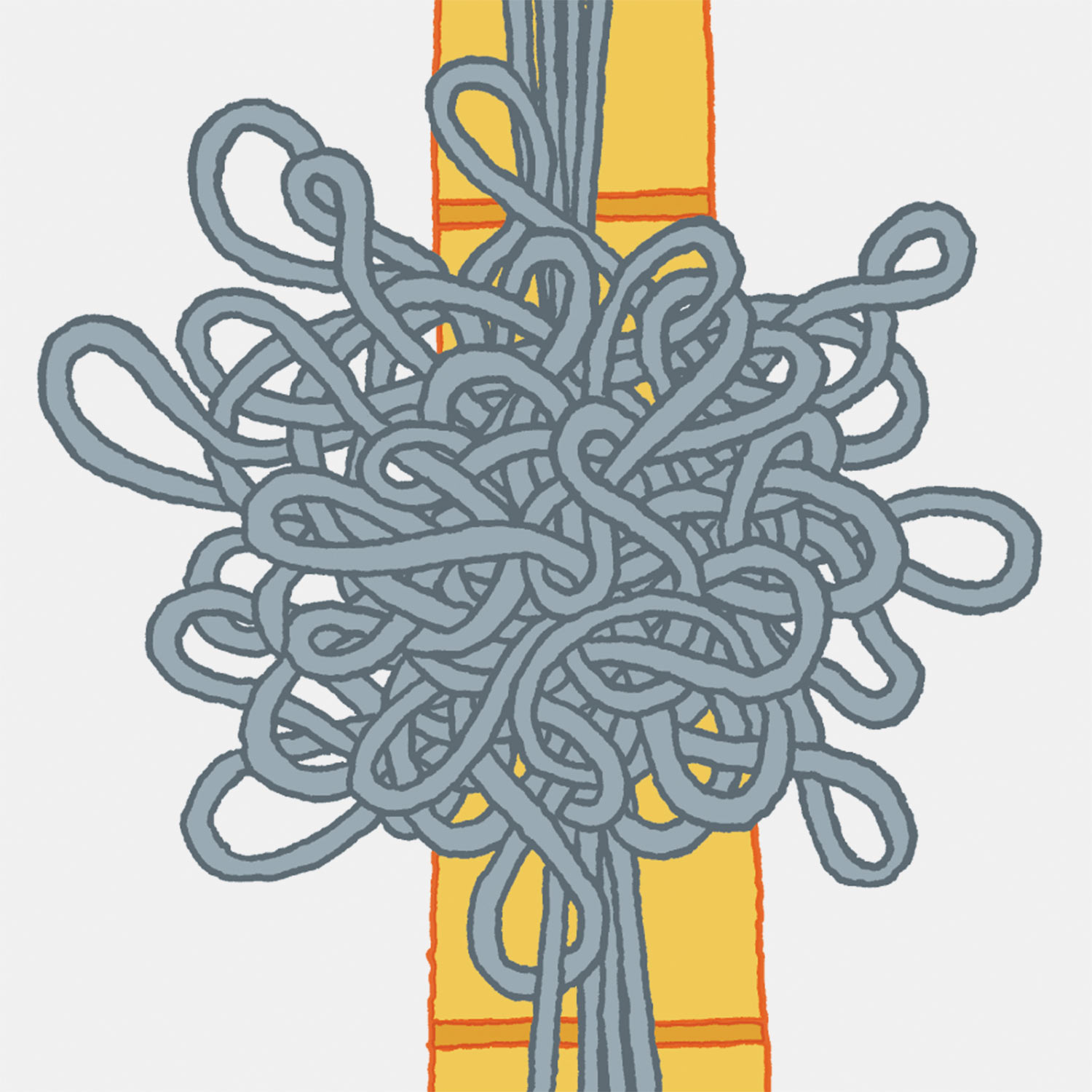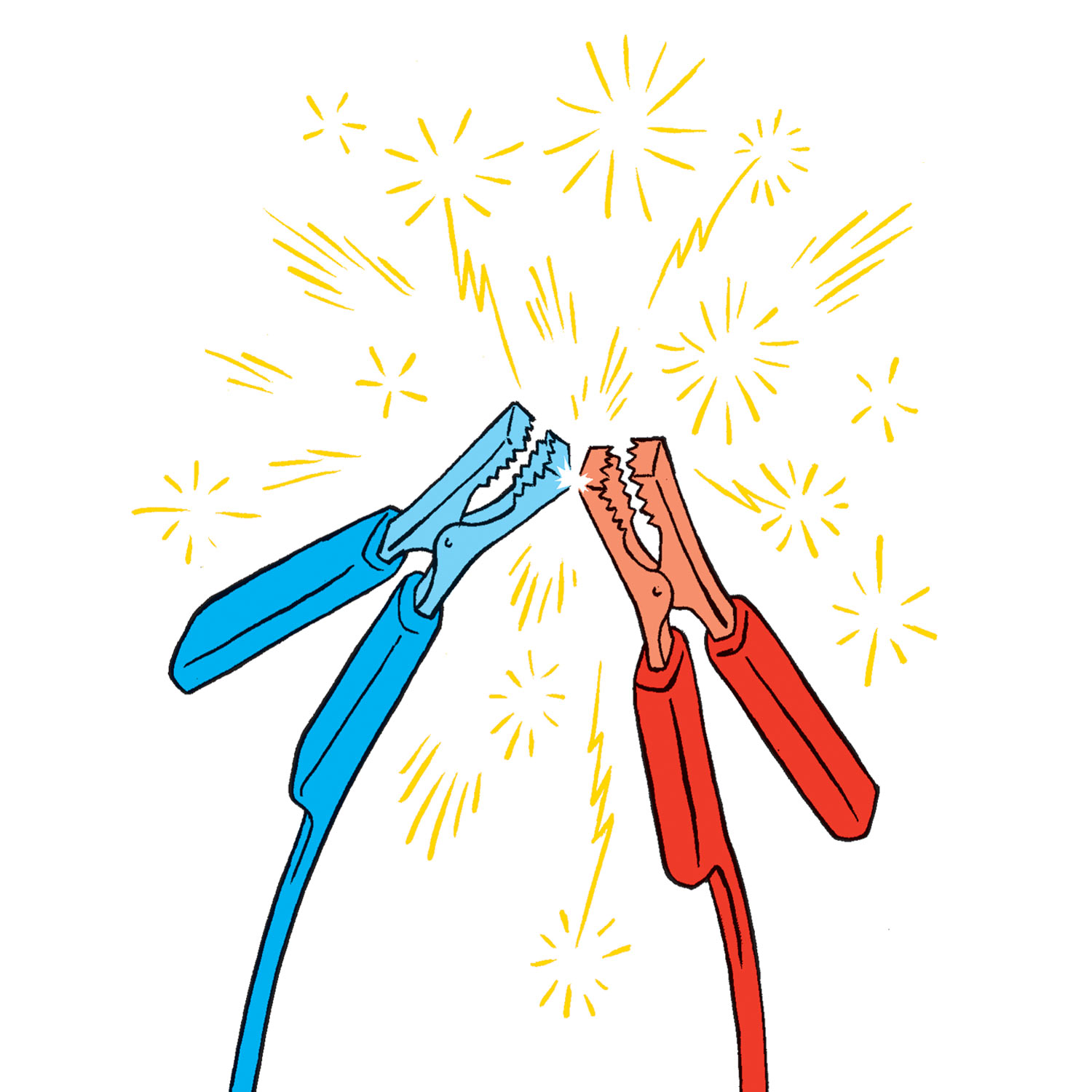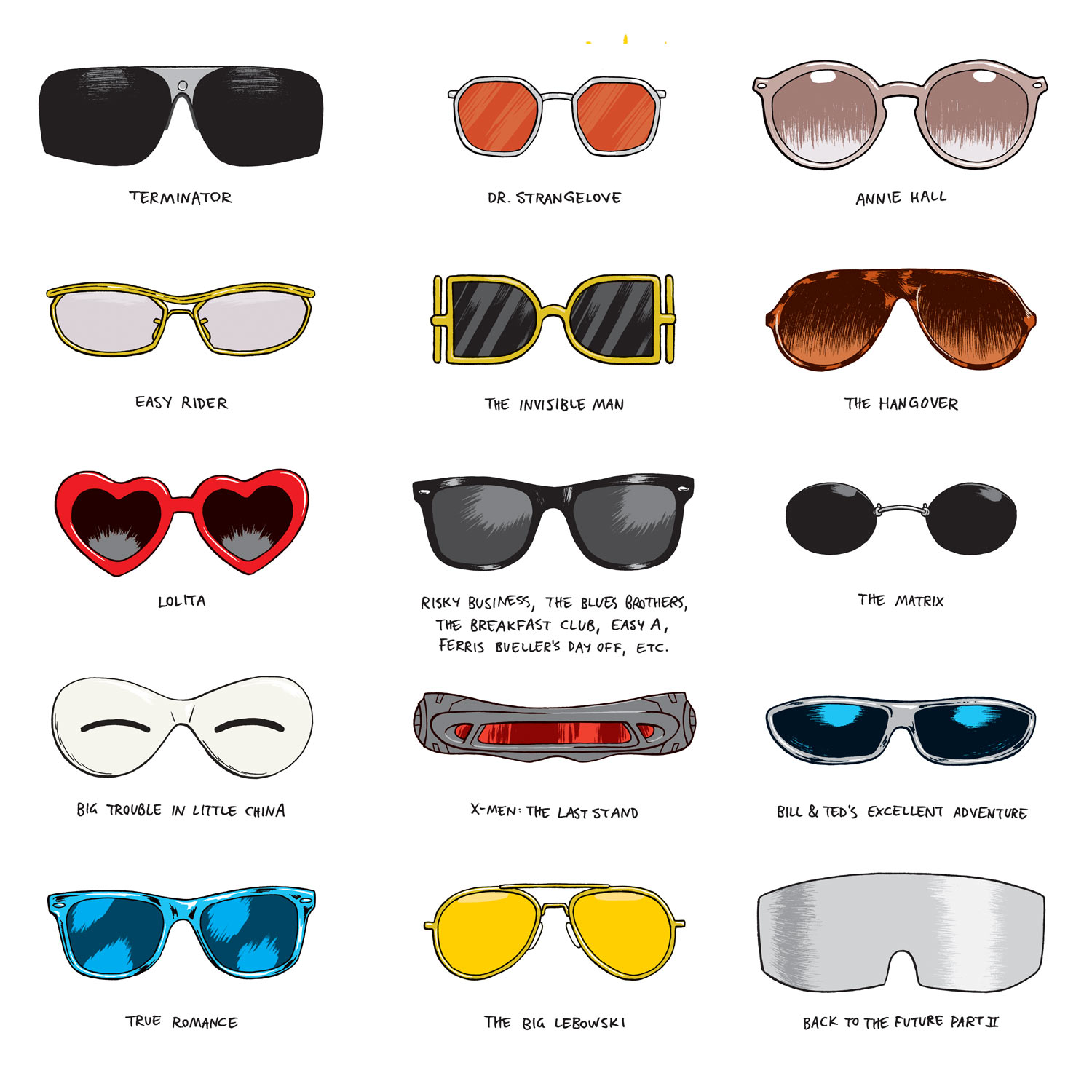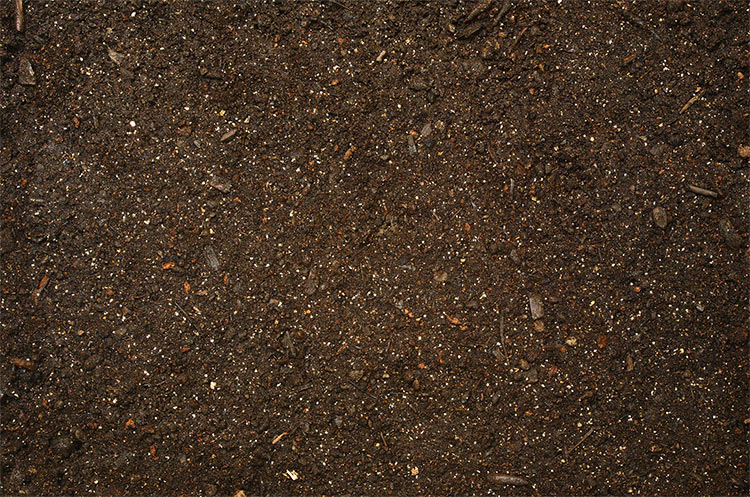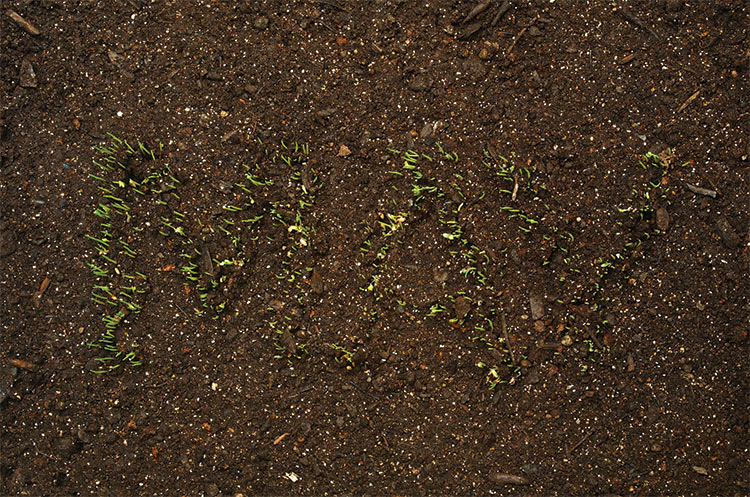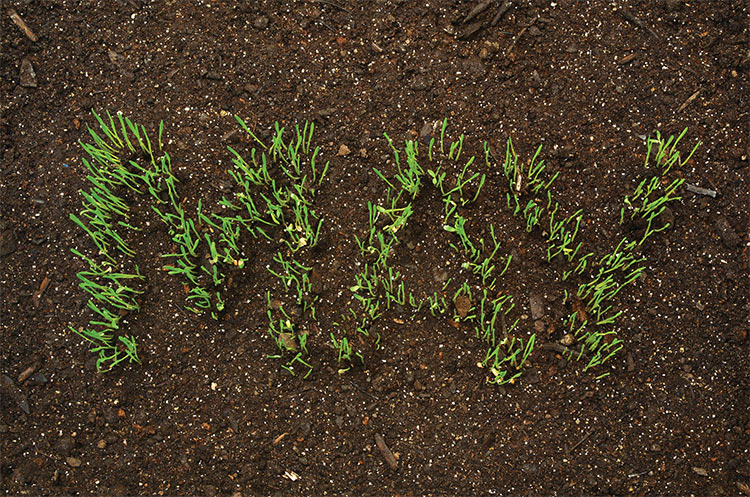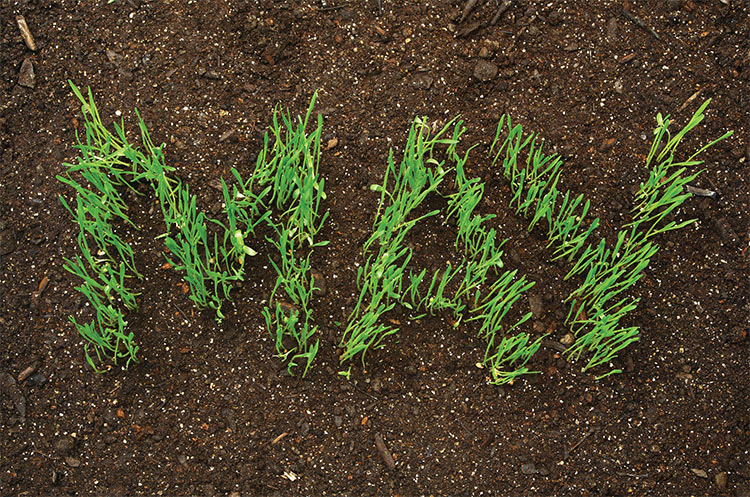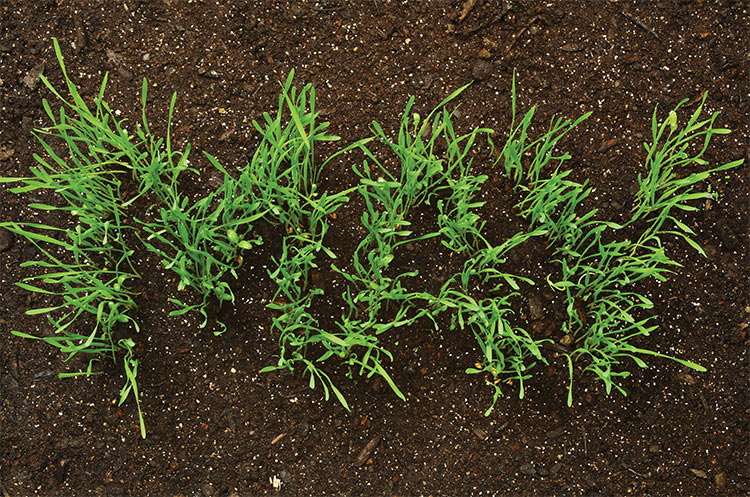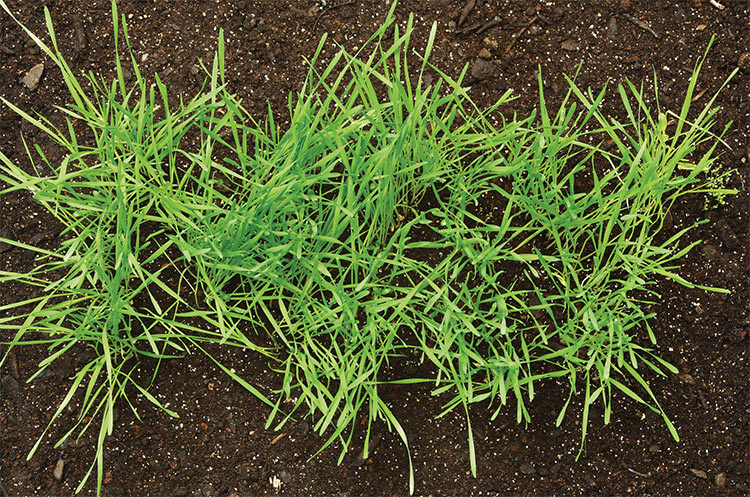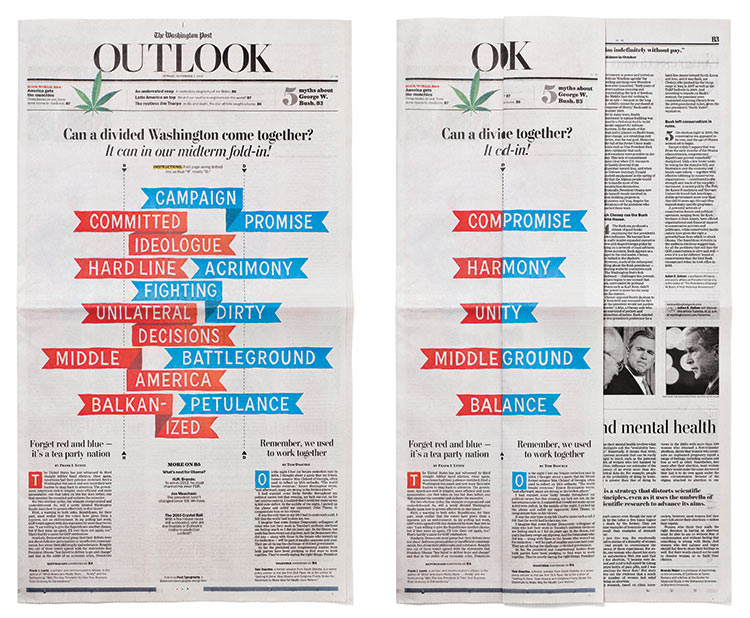Smart concepts, colorful imagery, and a healthy dose of humor
Post Typography’s illustrations and custom lettering have inked the pages of leading periodicals big and small. We strive to explore the ideas behind each story, and to spark images that grab attention and illuminate underlying concepts. Our illustrations have helped to win awards, move units (including more than a few copies bought by our proud parents), and shape richer reading experiences.
Lettering that tells a story
Eye-catching images and prominent headlines always battle for dominance on a crowded magazine cover. Combining the message with a visual concept solves this challenge by making the headline itself into an image
Helicopter Parents: When helping hurts. New York Times, Art Director: Aviva Michaelov
Visual Wit
Like an effervescent wine, humor pairs well with even the meatiest articles. Witty visuals connect with readers, and we always look for opportunities to introduce humor into our illustrations.
The denizens of web comment sections. Time Magazine, Art Direction: Corliss Williams
Examining the limits of free speech and the possibility that unfettered speech may cause harm. The New Yorker, Art Director: Chris Curry
Detail from a series of infographics on American women’s struggles with free time. Real Simple, Art Director: Jamie Dannecker
Google Glass and the brain’s ability to process distractions. New York Times, Art Director: Aviva Michaelov
Our constantly moving eyes. New York Times, Art Director: Aviva Michaelov
Photorealistic illustrations bring an element of surprise to the ordinary and make abstract concepts tangible.
Photo illustrations keep it real
Photo-realistic imagery creates immediacy and visual depth (and some jokes land better when they cast a shadow).
Many of Post Typography’s illustrations approach familiar subjects from unexpected perspectives.
This special issue of the Times Book Review focused on many facets of the political spectrum—from party politics to 60s radicalism to racial pandering. Art Director: Nicholas Blechman
For a New York Times Oscars preview we suggested the form of the golden statuette through torn ticket stubs of Oscar-contending films. Art Director: Paul Jean
New ways of looking
Shifting the context of an idea or symbol can cast it in a surprising light and can engage readers in new ways.
Arts&Culture’s Best of 2016 cover. We now consume (and thoroughly document) our cultural highlight through our devices. Smartphones are the new gilded frames. New York Times Art Director: Paul Jean
This drawing illustrates a Bloomberg View editorial arguing that America’s focus on job growth is misguided, and an improved economy and jobs will only result from shifting our focus to innovation. Art Director: Gary Fogelson
Pen on paper
There’s an inherent human energy to hand-drawn images. They inject personality, spontaneity, and emotion, and they add the warmth of human imperfections.
Text becomes the image
Language and writing play a major roles in Post Typography’s work. We love the power and malleability of words. Treating text as imagery adds new dimension to language.
Steven Pinker’s The Stuff of Thought theorizes that cursing is hardwired into a primordial part of the brain. For this Wired book review we wove curse words into the folds of the cerebral cortex. Art Director: Christy Sheppard
We drew this psychedelic lettering treatment to accompany a cover story about a subculture of people who experiment with new psychoactive drugs. New York Magazine. Art Director: Thomas Alberty
Lack of national investment in innovation has caused America to fall behind. New York Times. Art Director: Aviva Michaelov
“Is liberalism half-dead or half-alive?” Washington Post, Art Director: Tim Ball
We created this Mad Magazine-style fold-in to accompany editorials by Republican and Democratic leaders, each recommending ways for a polarized congress to come together. Washington Post, Art Director: Kristin Lenz
Best of 2017 in the Arts & Culture cover illustration. New York Times, Art Director: Paul Jean
Lettering and type can be expressive visual mediums.
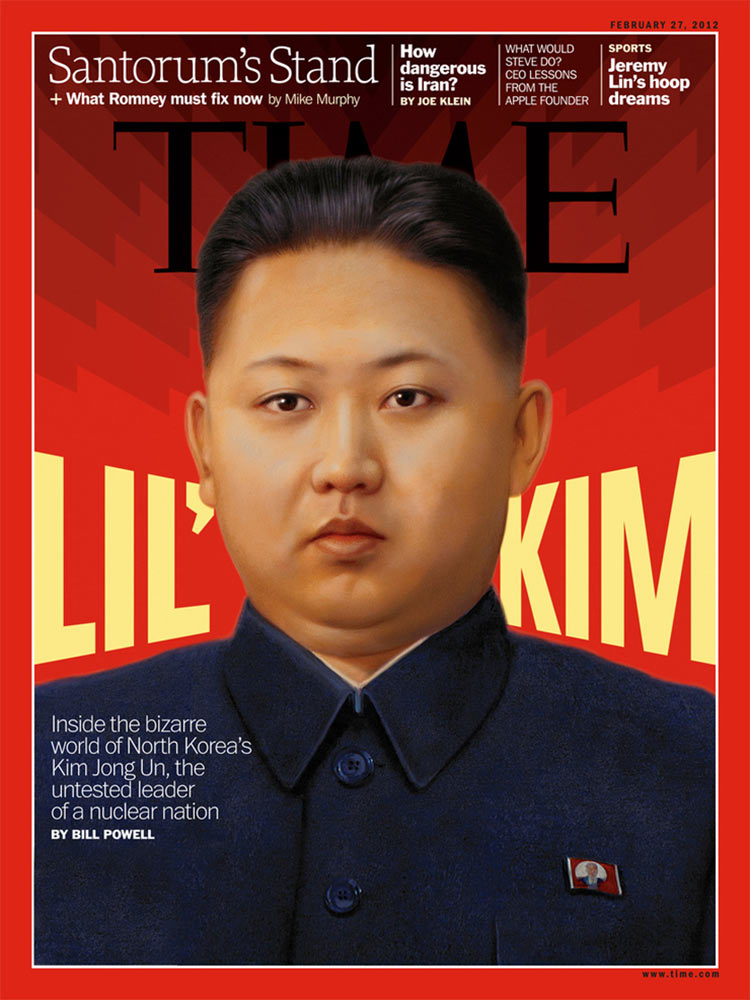
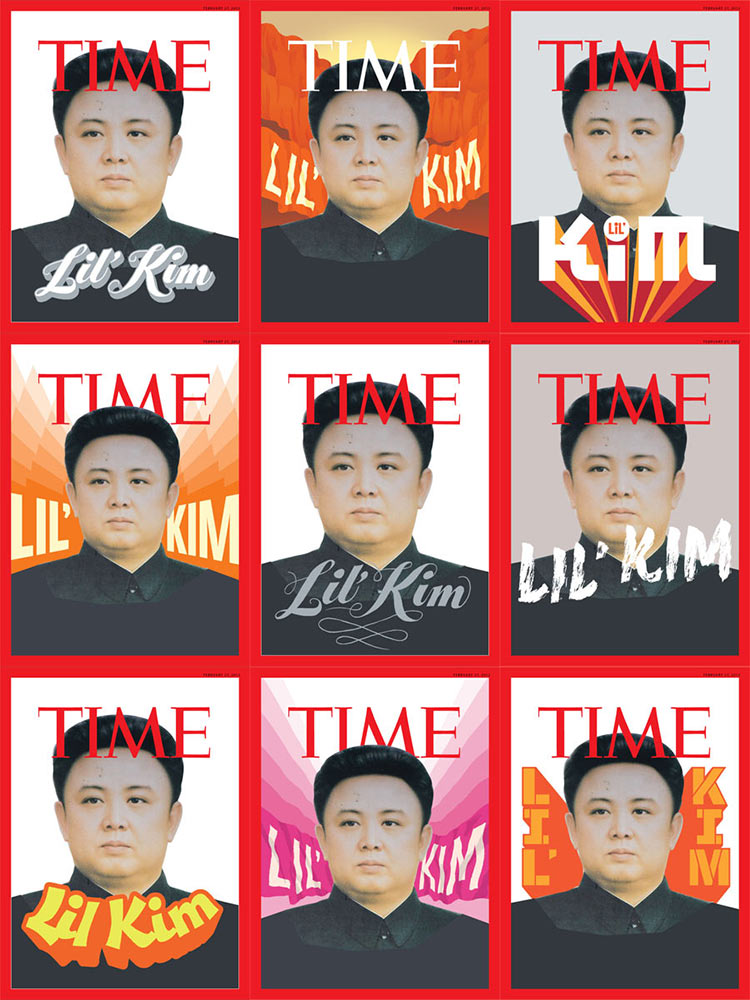
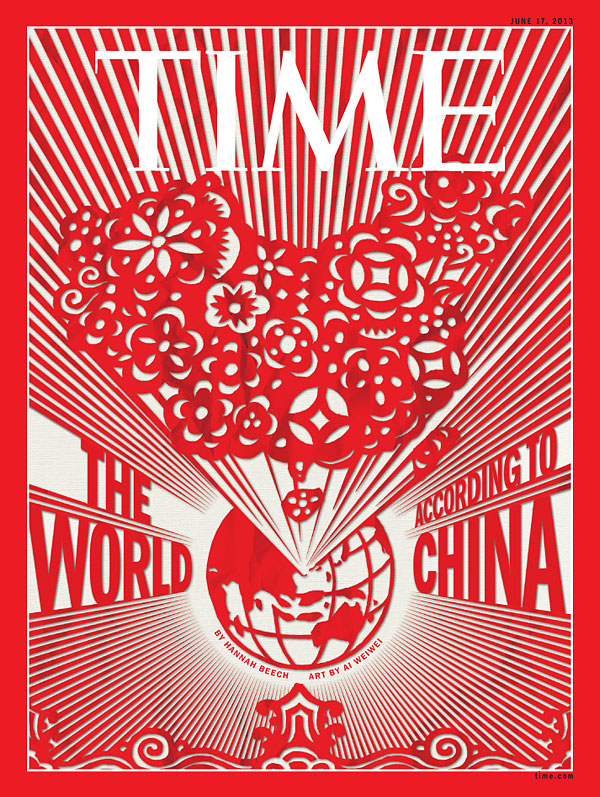
Time cover lettering
Occasionally we incorporate custom lettering into the illustrations of other artists. We collaborated with Time Magazine, artist Ai Weiwei, and illustrator Tim O’Brien on these covers.
For this full page illustration accompanying a Real Simple article about procrastination, we wrote and designed this mock infographic that represents the “science” of “Working Hard at Hardly Working.” Art Director: Jamie Dannecker
Infographics
Infographics are one of the most challenging types of illustration. Beyond making statistics look pretty, they require a thorough reading and understanding of the information to most clearly convey key information.
Smart visualizations can clarify abstract numbers and add wit or visual interest to dry statistics.
Baltimore Brew
After the release of the Justice Department’s report on Baltimore City’s Police Department, we partnered with Baltimore Brew to create a suite of infographics. The series distilled noteworthy and revealing information from the 164-page investigation.














